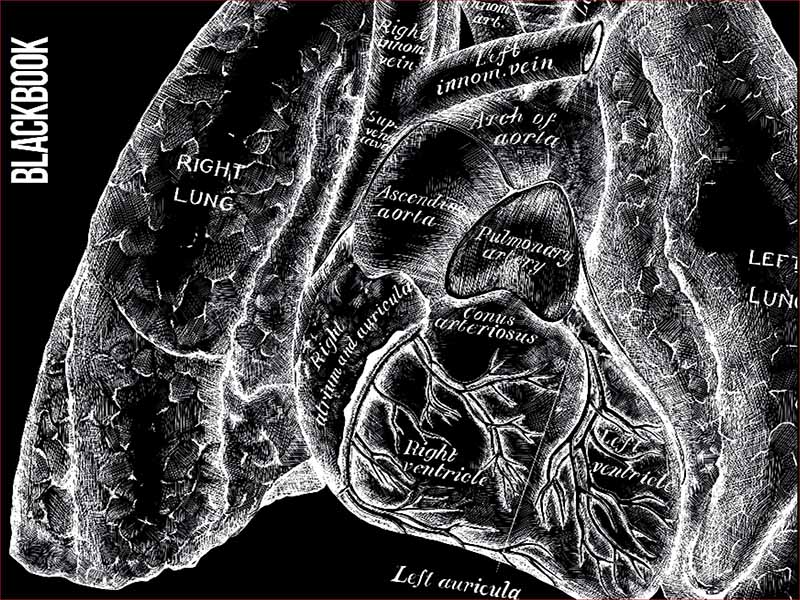- عنوان کتاب: The Calgary Black Book 15th ed
- نویسنده: Anya Friesen
- حوزه: پزشکی عمومی
- سال انتشار: 2022
- تعداد صفحه: 444
- زبان اصلی: انگلیسی
- نوع فایل: pdf
- حجم فایل: 18.7 مگابایت
مطالب ارائه شده در این کتاب برای کمک به یادگیرندگان در سازماندهی دانش خود در بسته های اطلاعاتی در نظر گرفته شده است که برای حل مشکلات بیمار که با آن مواجه می شوند موثرتر هستند. سه عامل اصلی وجود دارد که بر یادگیری و بازیابی دانش پزشکی از حافظه تأثیر می گذارد: معنا، ویژگی رمزگذاری (زمینه و ترتیب یادگیری) و تمرین در وظیفه به خاطر سپردن. از بین این سه، قوی ترین تأثیر، درجه معنایی است که می تواند بر اطلاعات تحمیل شود. برای دستیابی به موفقیت، متخصصان اطلاعات را در پیکربندی های معنی دار سازماندهی و “تکه” می کنند و در نتیجه بار حافظه را کاهش می دهند. این پیکربندیهای معنادار یا شبکههای مرتب شده منظم از حقایق مرتبط، طرحواره نامیده میشوند. همانطور که اطلاعات جدید در دسترس میشود، در طرحهایی که از قبل وجود دارد ادغام میشود، بنابراین امکان یادگیری را فراهم میکند. دانش سازماندهی شده در طرح ها (علوم پایه و اطلاعات بالینی ادغام شده در شبکه های معنی دار مفاهیم و حقایق) هم برای ذخیره و هم برای بازیابی اطلاعات مفید است. برای عالی شدن در تشخیص، لازم است تمرین بازیابی اطلاعات لازم برای حل مسئله از حافظه انجام شود، بنابراین یک رویکرد سازمان یافته برای حل مسئله (حل مسئله مبتنی بر طرح) تسهیل می شود. حوزه پزشکی را می توان به 121 (+/- 5) تظاهرات بالینی تقسیم کرد، که نشان دهنده یک روش رایج یا مهم است که در آن یک بیمار، گروهی از بیماران، جامعه یا جمعیت به پزشک مراجعه می کنند و انتظار دارند که پزشک یک پیشنهاد را توصیه کند. روشی برای مدیریت شرایط برای یک تظاهرات بالینی معین، تعداد تشخیصهای احتمالی ممکن است به اندازهای زیاد باشد که نتوان همه آنها را به یکباره در نظر گرفت یا حتی همه احتمالات را به خاطر آورد. با طبقهبندی تشخیصها به طرحها، برای هر تظاهرات بالینی، تعداد بیشماری از تشخیصهای احتمالی به «گروههای» تشخیصی قابل کنترلتری تبدیل میشوند. بنابراین این یک ابزار بسیار قدرتمند برای سازماندهی حافظه دانش (نقش اصلی آن در مرحله آموزش پزشکی در مقطع کارشناسی) و همچنین حل مشکلات پزشکی بعدی می شود. هیچ راه درستی برای نزدیک شدن به هر تظاهرات بالینی وجود ندارد. هر یک از طرحهای ارائهشده نشاندهنده یک رویکرد است که برای یک نویسنده با تجربه و متخصص مفید و معنادار بود. یک طرح شخصیسازیشده و اصلاحشده ممکن است بهتر از طرح شخص دیگری باشد، و مطمئناً بهتر از نداشتن هیچ طرحی است. مهم است که قبل از ایجاد یک طرح، پنج اصل اساسی ایجاد طرح را که برای توسعه این کتاب استفاده شده است، در نظر داشته باشید.
The material presented in this book is intended to assist learners in organizing their knowledge into information packets, which are more effective for the resolution of the patient problems they will encounter. There are three major factors that influence learning and the retrieval of medical knowledge from memory: meaning, encoding specificity (the context and sequence for learning), and practice on the task of remembering. Of the three, the strongest influence is the degree of meaning that can be imposed on information. To achieve success, experts organize and “chunk” information into meaningful configurations, thereby reducing the memory load. These meaningful configurations or systematically arranged networks of connected facts are termed schemata. As new information becomes available, it is integrated into schemes already in existence, thus permitting learning to take place. Knowledge organized into schemes (basic science and clinical information integrated into meaningful networks of concepts and facts) is useful for both information storage and retrieval. To become excellent in diagnosis, it is necessary to practice retrieving from memory information necessary for problem resolution, thus facilitating an organized approach to problem solving (scheme-driven problem solving). The domain of medicine can be broken down to 121 (+/- 5) clinical presentations, which represent a common or important way in which a patient, group of patients, community or population presents to a physician, and expects the physician to recommend a method for managing the situation. For a given clinical presentation, the number of possible diagnoses may be sufficiently large that it is not possible to consider them all at once, or even remember all the possibilities. By classifying diagnoses into schemes, for each clinical presentation, the myriad of possible diagnoses become more manageable ‘groups’ of diagnoses. This thus becomes a very powerful tool for both organization of knowledge memory (its primary role at the undergraduate medical education stage), as well as subsequent medical problem solving. There is no single right way to approach any given clinical presentation. Each of the schemes provided represents one approach that proved useful and meaningful to one experienced, expert author. A modified, personalized scheme may be better than someone else’s scheme, and certainly better than having no scheme at all. It is important to keep in mind, before creating a scheme, the five fundamentals of scheme creation that were used to develop this book.
این کتاب را میتوانید بصورت رایگان از لینک زیر دانلود نمایید.
Download: The Calgary Black Book 15th ed




































نظرات کاربران